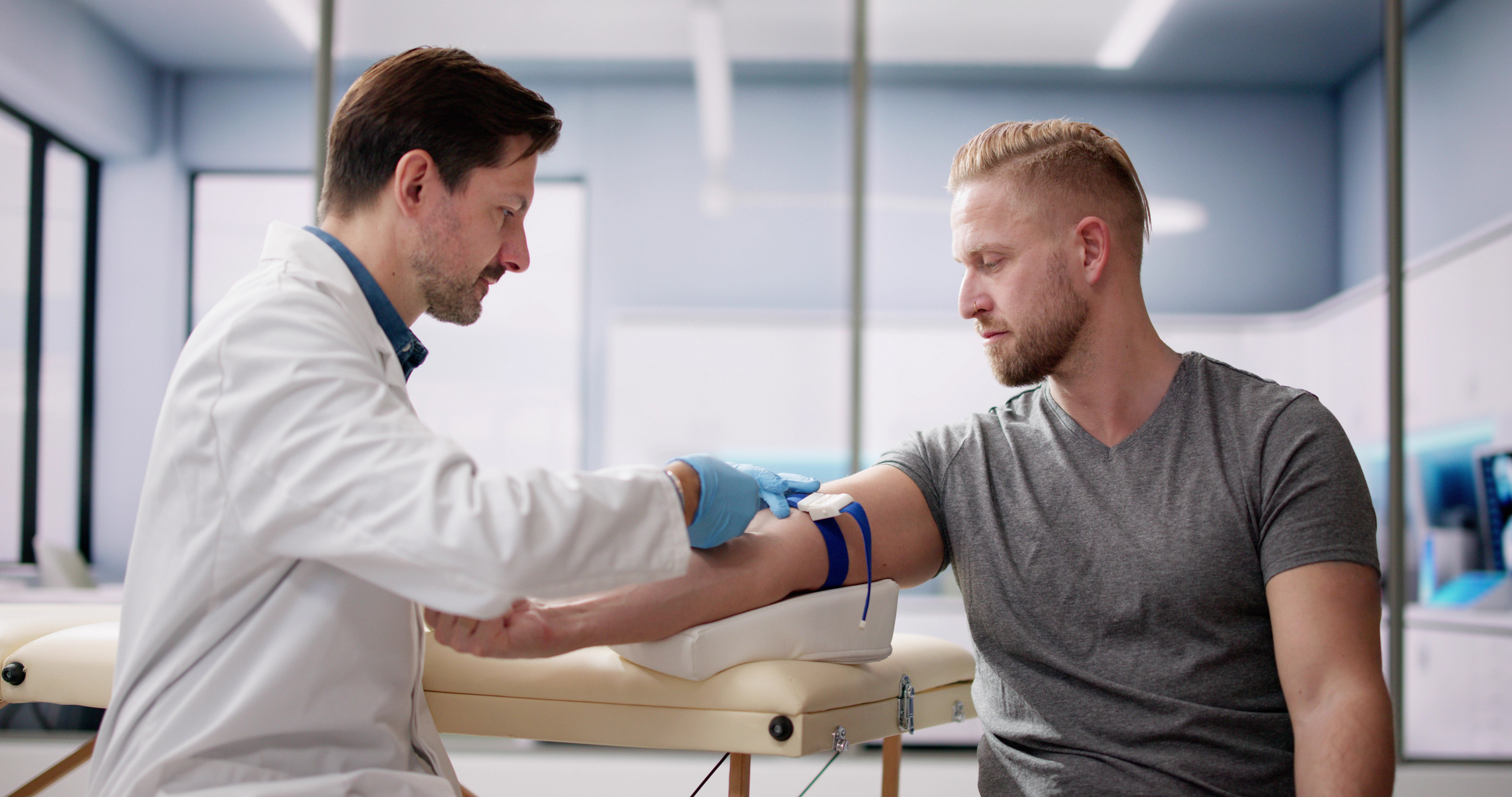Can prostate cancer be cured?
How successful is prostate cancer treatment?
Dr. Bradford Perez, a board-certified radiation oncologist serving patients in Pasco County at the Florida Cancer Specialists & Research Institute (FCS) Trinity Cancer Center, shares his expertise on prostate cancer, its treatment options and advancements in care.
Prostate cancer is the most common cancer in American men, excluding non-threatening (non-melanoma) skin cancer. This year alone, the American Cancer Society estimates almost 300,000 men will be diagnosed with prostate cancer. While many cases are manageable with treatment or active surveillance, sadly, over 35,000 deaths from prostate cancer occur annually.
When caught early, particularly in those with low-to-intermediate risk of prostate cancer, survival rates are remarkably high. The 10-year survival rate for prostate cancer is 98 percent. Such a high survival rate underscores the importance of timely detection through regular screenings when recommended by a medical professional.
Contact Us
Advancements in Prostate Cancer
At FCS, we use genomic testing to better understand each individual’s care needs and recommend the most effective treatments. These tests are covered by insurance and can help ensure we don’t miss cases that are at high risk for recurrence.
Additionally, the use of advanced imaging such as MRI and, most recently, targeted PSMA-PET/CT — a combined PET/CT scan used to find prostate cancer — has revolutionized our ability to detect even the smallest tumors that may have spread to the lymph nodes or bones. Using this revolutionary technology, we can offer patients more targeted treatment plans.
Thanks to groundbreaking advancements in science and technology, radiation treatment has become an increasingly convenient and safe way to treat men with early stages of prostate cancer. Traditionally, conventional radiation therapy spanned several weeks or months. Now, using state-of-the-art equipment and sophisticated imaging software, short-term radiation therapy offers a non-invasive and highly effective option to treat prostate cancer, in as few as five treatments.
For men with late-stage prostate cancer, more radiation treatments may be needed via external beam radiation therapy (EBRT) or a combination of EBRT and brachytherapy, also known as seed radiation or seed-based therapy. In doing so, we use MRI scans to place markers around the tumor, which serve as a guide to deliver radiation therapy more precisely. Also, by utilizing new technology like gel spacers, which separate the prostate from the rectum, and working closely with urology colleagues to implement advanced techniques, we can help minimize treatment-related side effects on the prostate and surrounding tissues.
For men with metastatic prostate cancer, which has spread beyond the prostate gland, and where traditional therapies (like chemotherapy) aren’t appropriate, radioligand-targeted therapy, PLUVICTO®, is a great option. This infusion radiation treatment delivers a targeted medicine to the prostate cancer cells wherever they have spread throughout the body. PLUVITCO offers minimal side effects and has been shown to significantly improve outcomes in clinical trials.






Comments